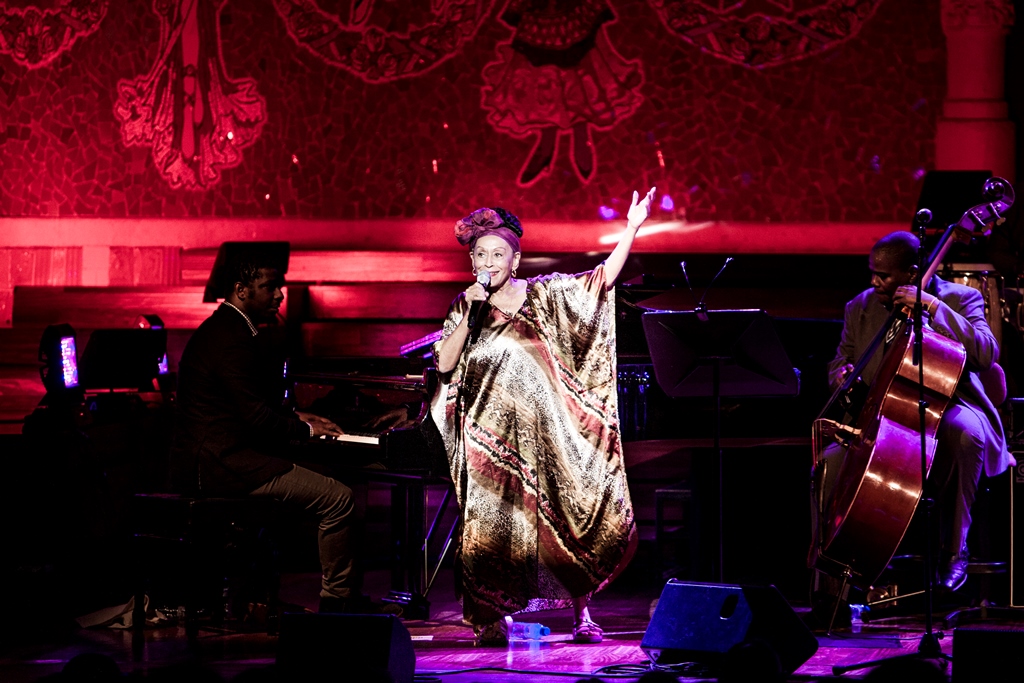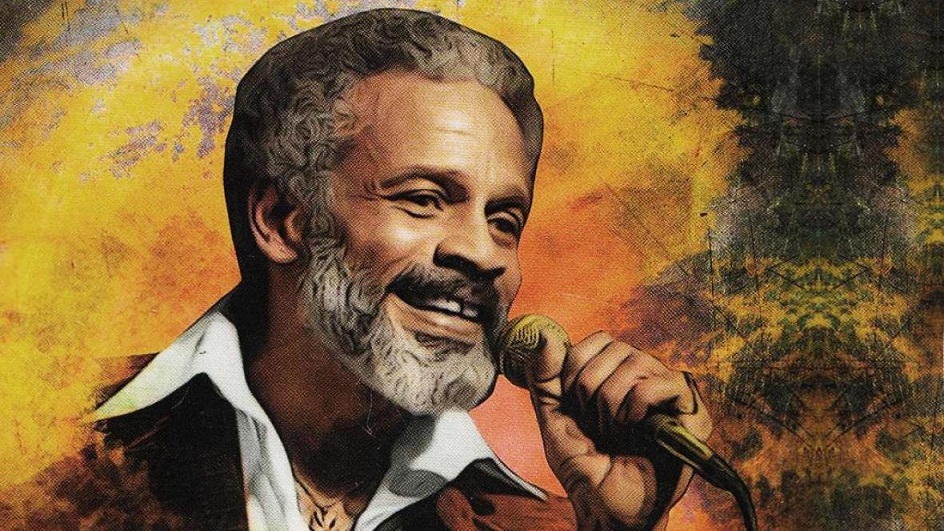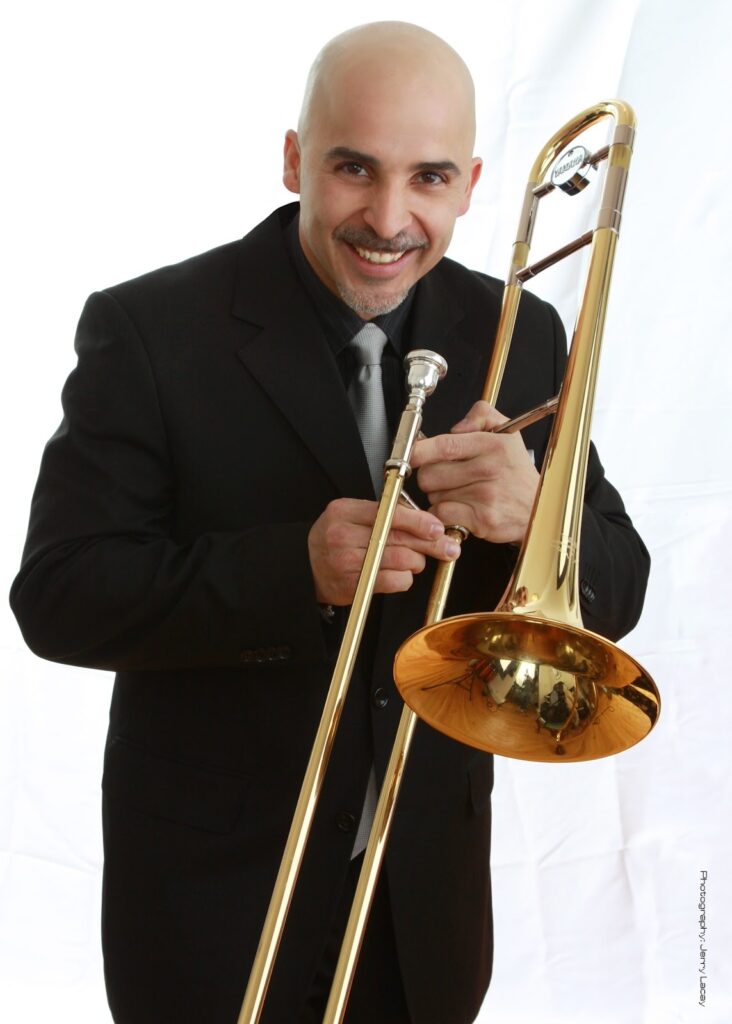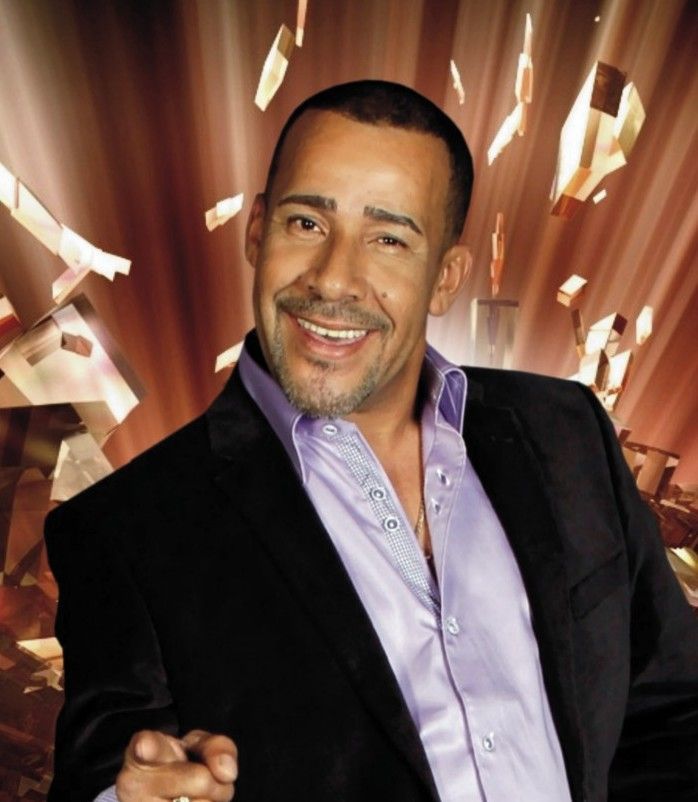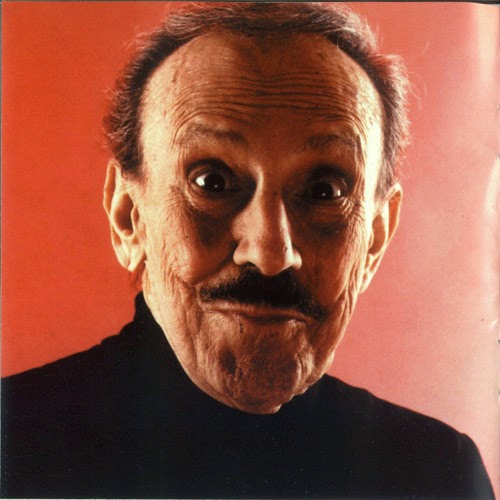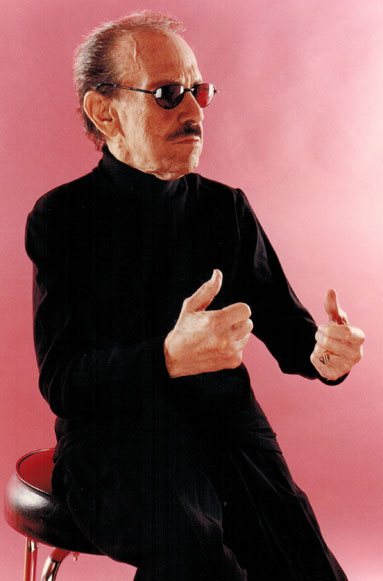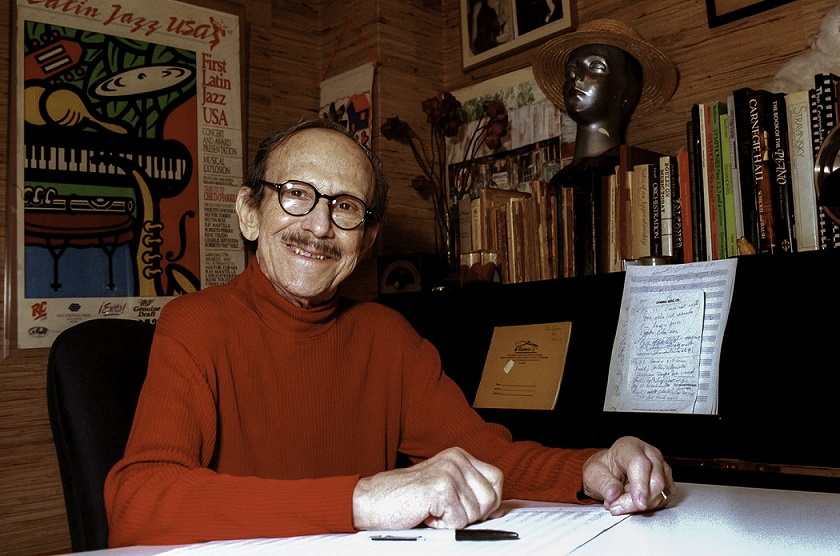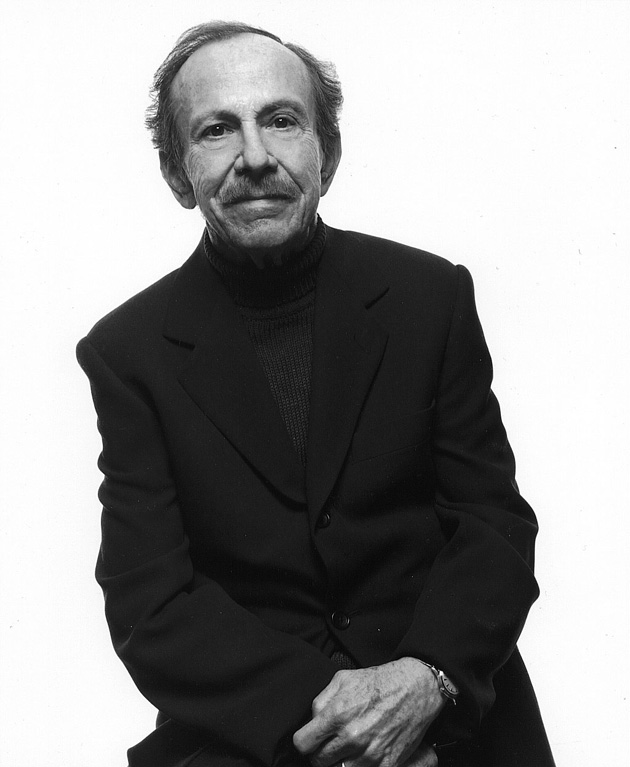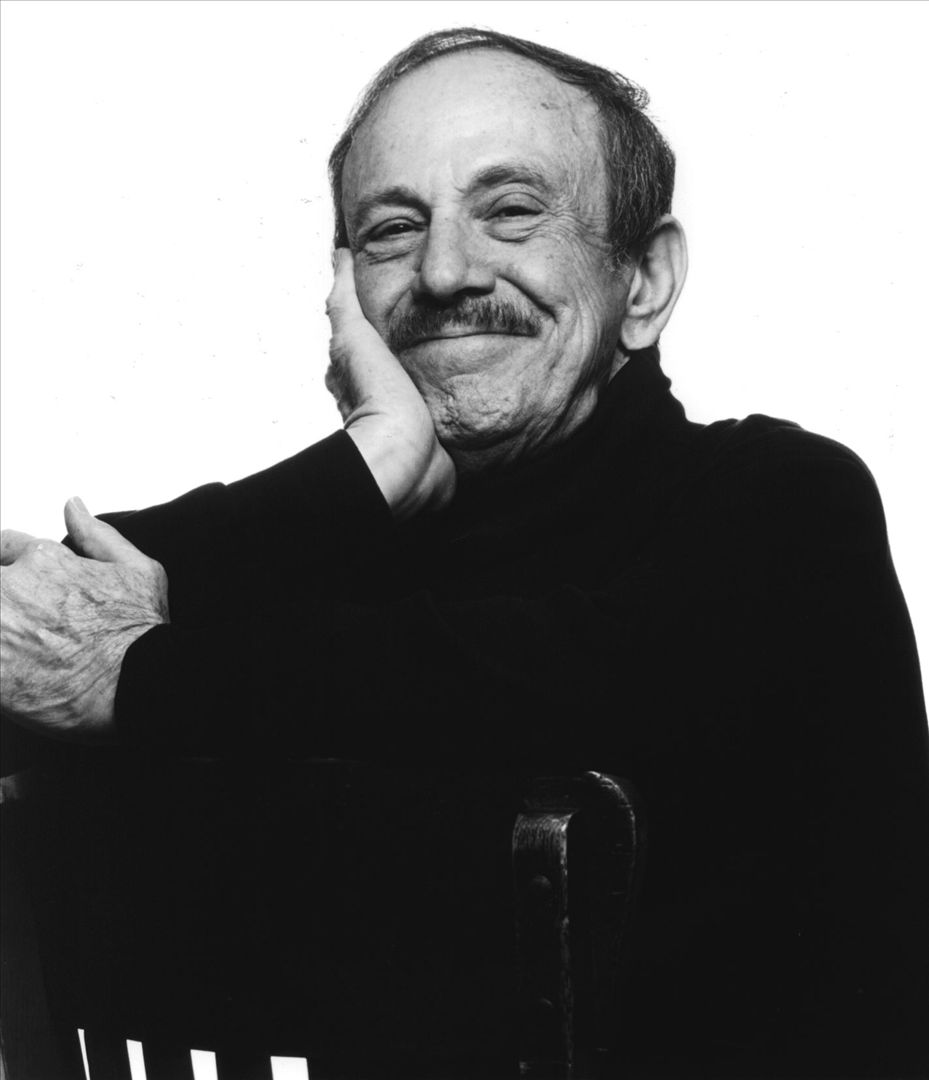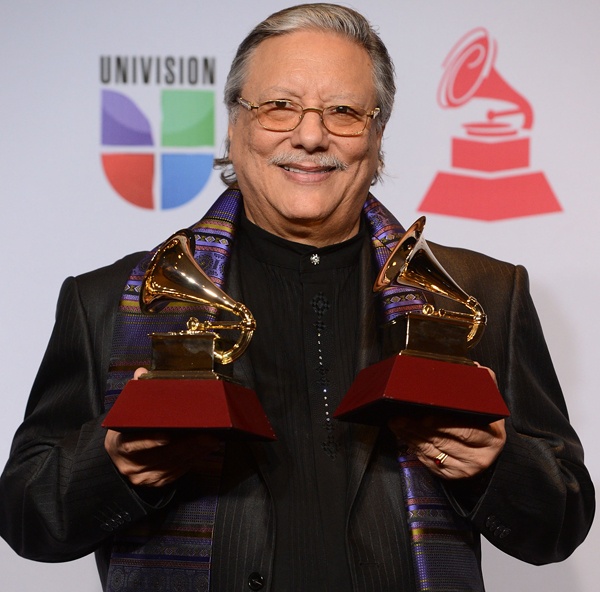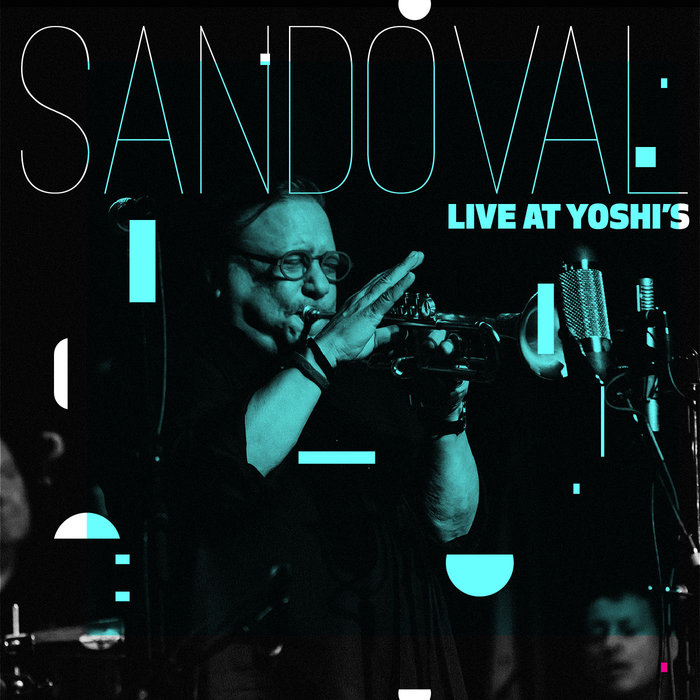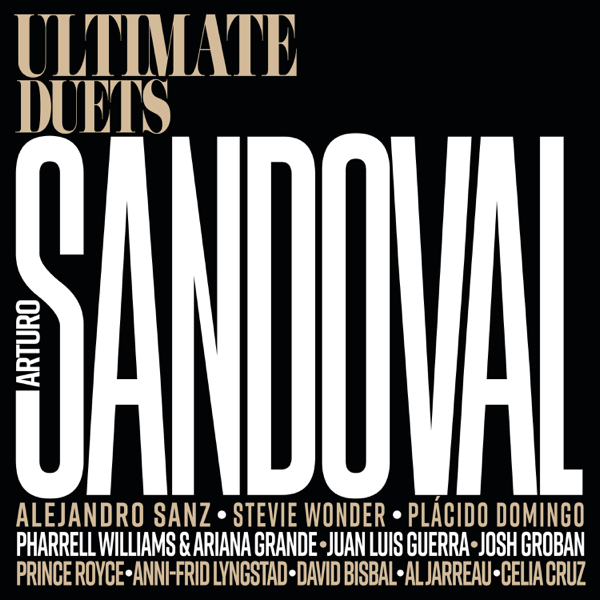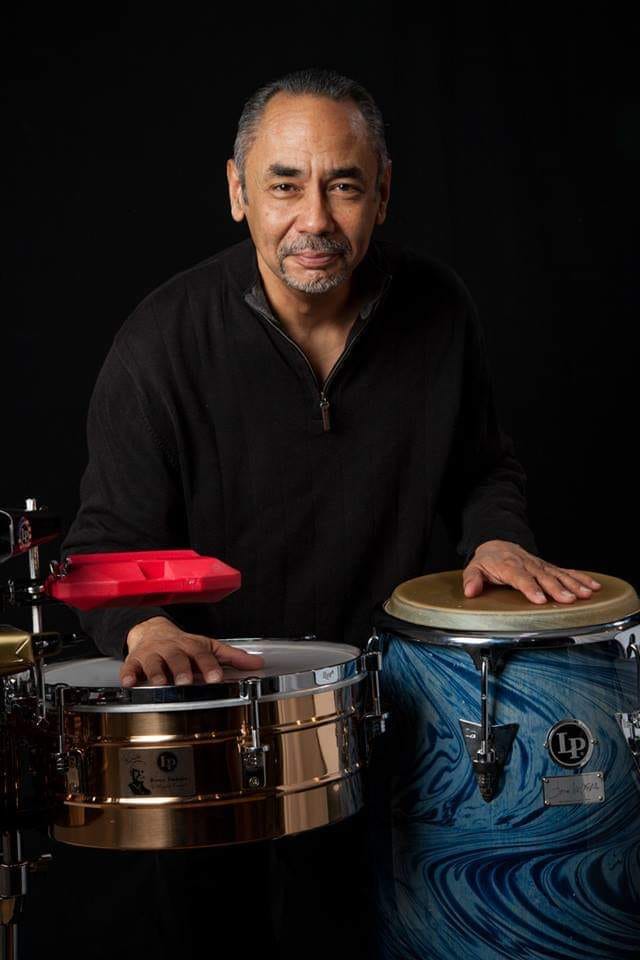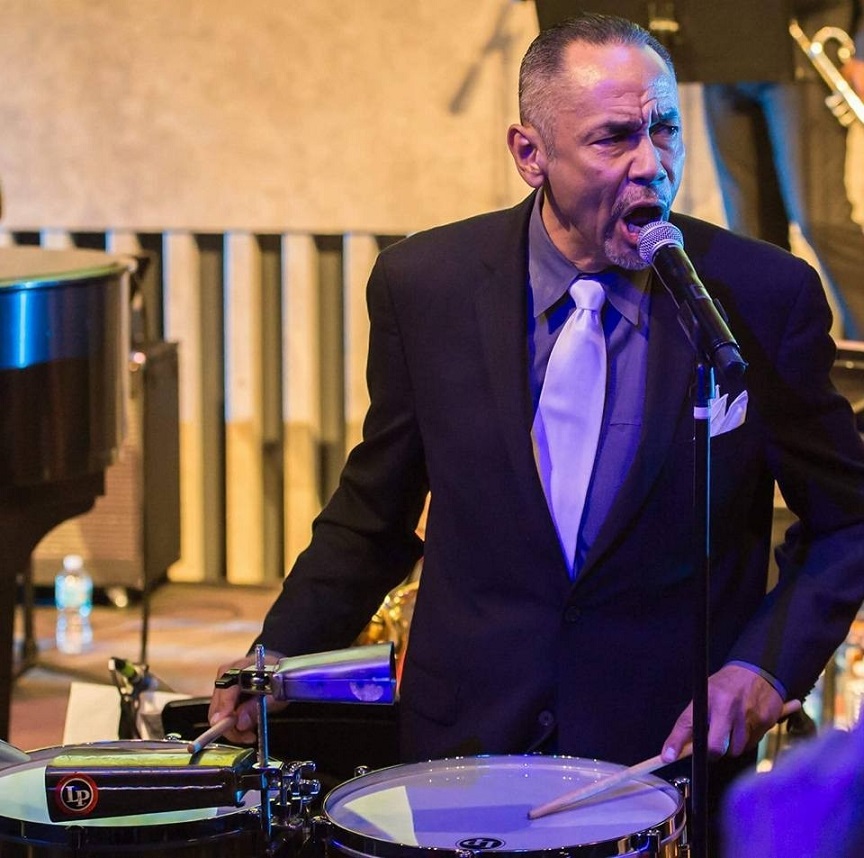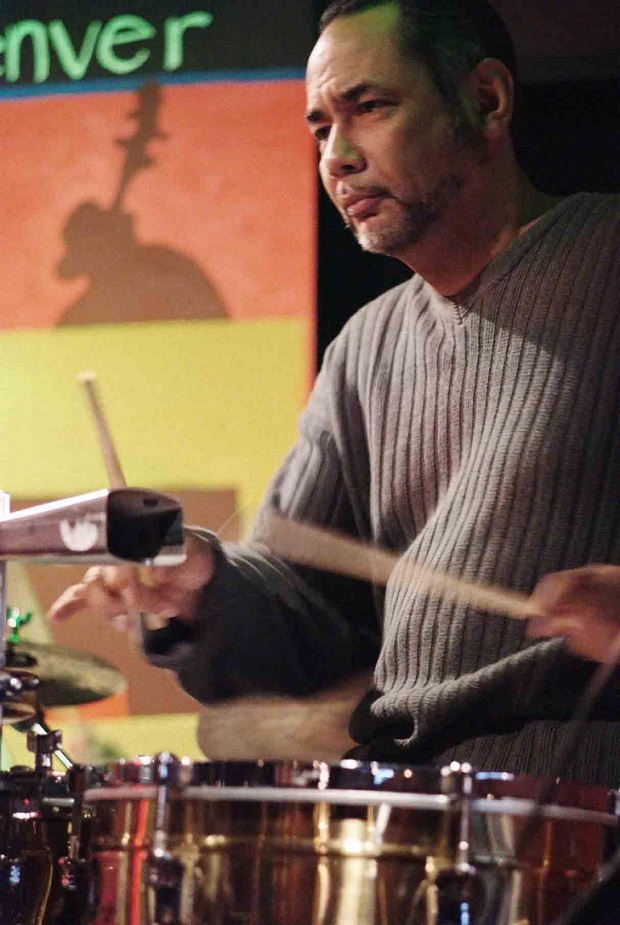Europe/ England/ London
Where to dance Salsa in London?
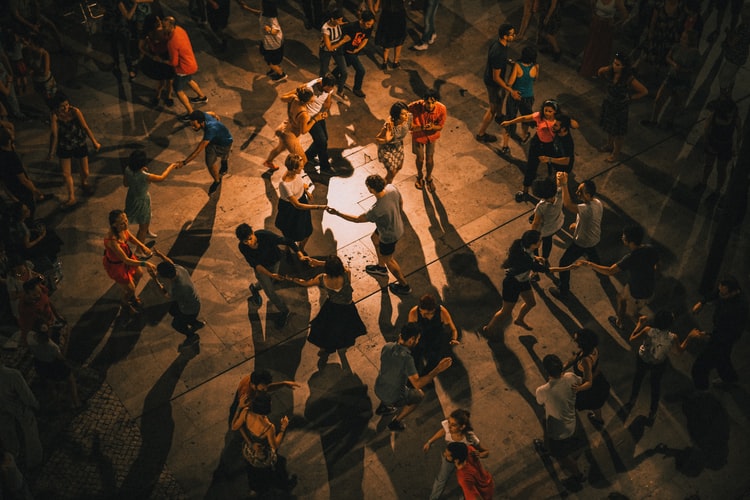
We present you 5 options to go dance Salsa in London
Every place just promise delicious cocktails and a hearty food menu, also features salsa classes, cocktail masterclasses and fun-time Latin party vibes. In London there are all kinds of events and parties, and Latin music is not far behind. So you will find numerous options to enjoy a night of salsa in the English capital.
1.- Caramelo Latin Dance:
It’s a dance school with Salsa On1 and On2 classes, plus they have the option of doing an intensive salsa in one day, so if you go with your salsa friends to London, this is your chance to learn the basics, and leave to dance with them.
From time to time the school organizes an event for social dancing.
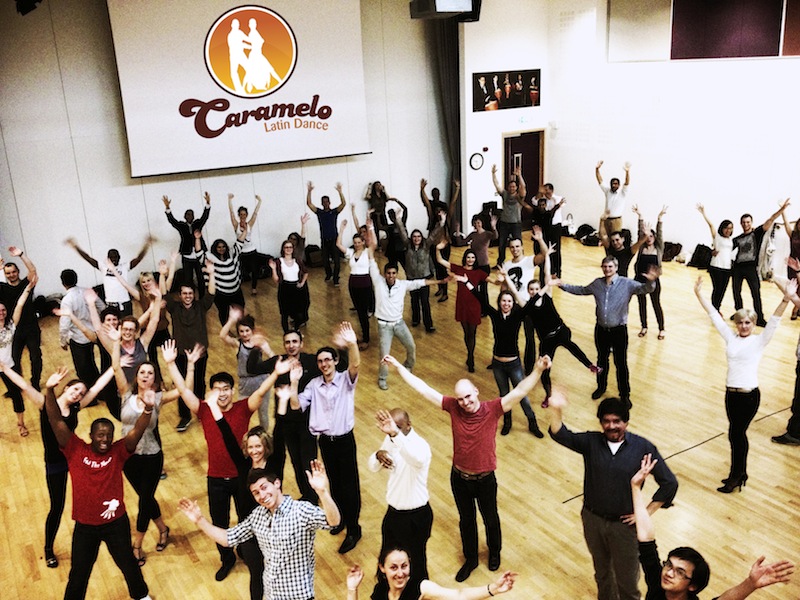
Address: Paddington Academy, 50 Marylands Rd, London W9 2DR.
Metro: Warwick Avenue
Call them: +44 7572 891570
2.- Hammersmith Salsa & Bachata Club:
6 levels of Bachata and Salsa classes followed by loads of social dancing. Absolute beginners always warmly welcomed. Make new friends, get fit, have fun and dance your night away. Every week DJ Incognito regularly play the latest Salsa, Bachata, Cha Cha and Latin music. Fun and friendly staff.
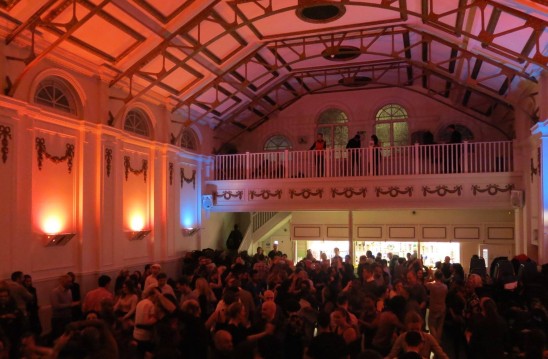
Address: 11 Rutland Grove, Hammersmith, London W6 9DH.
Call them: +44 7831 715368
3.- Salsa! Soho:
Partying is what they do, and they do it well! Party with them and you will get a big injection of Latin party vibe to your celebration!
They have menus to suit all occasions. Salsa classes every night of the week, amazing drinks menu with over 50 cocktails and of course non- stop latin music. Enquire about booking and plan your party.
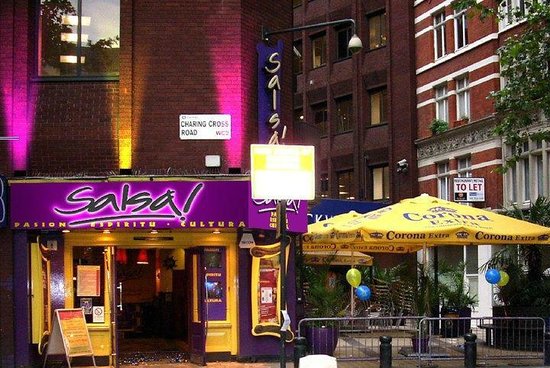
Address: 96 Charing Cross Rd, London WC2H 0JG
Call them: +44 20 7379 3277
4.- Wimbledon Salsa and Bachata Club and Classes:
Fun & friendly classes for dancers of all levels. Plenty of high quality social dancing to the best and latest Salsa, Bachata, Cha Cha and Latin grooves. Absolute beginners warmly welcomed. High quality lessons from Beginners to Advanced. No prior bookings needed, just turn up and dance.
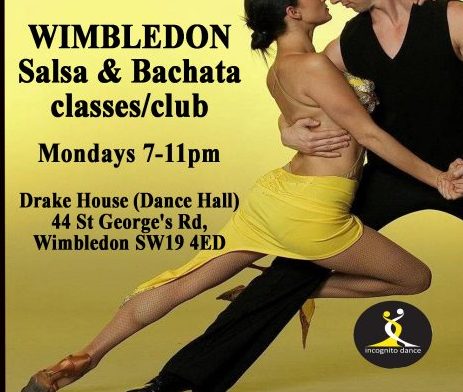
Address: 44 St George’s Rd, Wimbledon, London SW19 4ED
Call them: +44 7831 715368
5.- Revolucion de Cuba:
Rum Bar & Cantina. Unique, expertly made cocktails and Latin-inspired food, with amazing music and live entertainment. Feel-good Cuban vibes all year round! This is not only one bar.
It’s the story of a team of rum lovers, who knew that taking on this spirit meant capturing it. And that doing so would lead to a discovery of food, drink, dance and the culture that makes up one of the world’s most exciting and intriguing places: The island of Cuba.
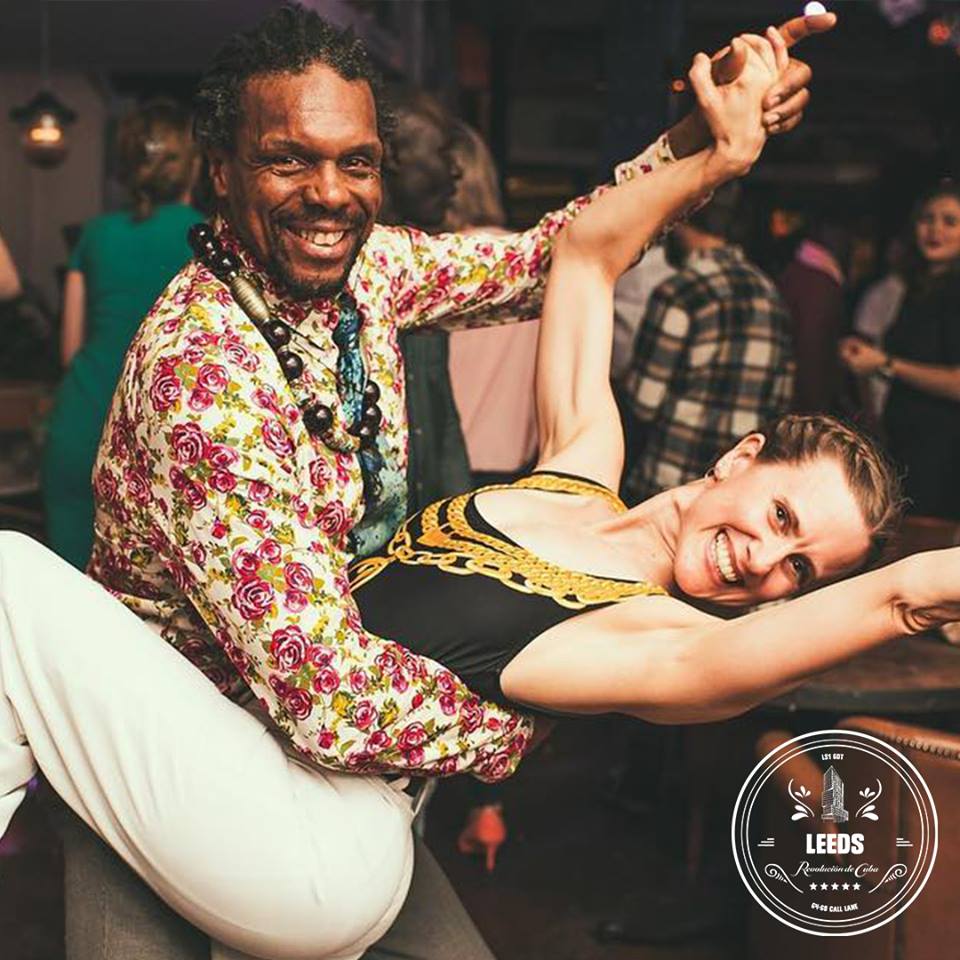
Address: More of 15 locations in England, you can choose anyone!
Call them: +44 1423 226133
We hope this alternatives help you enjoy a great party. Tell us how do you spend the night dancing London.
